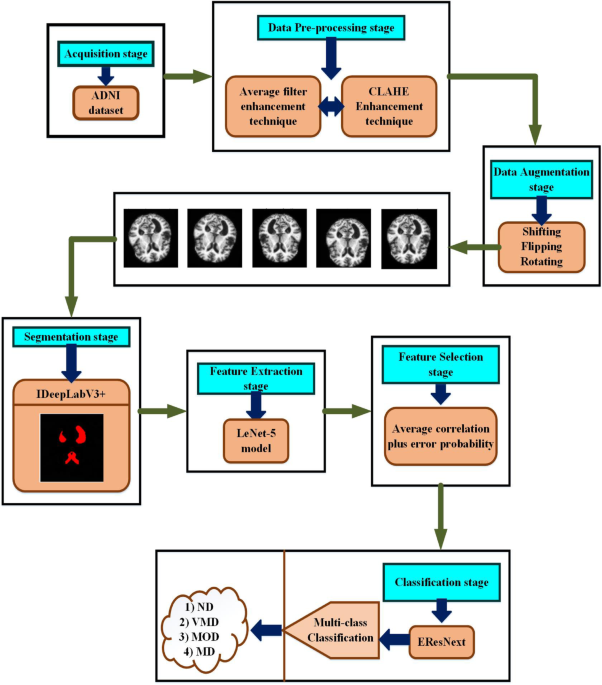No Cubicle Required, AI Coding Agents Start Work
Bp, London, United Kingdom, Architect Sheppard Robson, Bp Landscape View Across Workstations Towards ... More Coloured Windows. (Photo by View Pictures/Universal Images Group via Getty Images)
Universal Images Group via Getty ImagesCoding is fast, it always has been. The process of software application development for enterprise IT services has always been comparatively speedy. What actually takes a lot of time are the processes behind formulating the design structure of applications, the time it takes to lay down the logic structures and the testing and debugging of the application as it moves towards its final state of live production.
The rise of AI-powered coding agents has promised to speed up coding, so the conversation should now focus on what areas of the software application development lifecycle these new automations are being brought to bear upon.
The consensus of opinion right now appears to gravitate towards driving coding assistance services towards the lower-level services needed to manage applications, rather than any more cerebral or upper-level ability to create apps themselves. Although this statement is in danger of being obsolete before the end of the current decade, this appears to be where we are right now.
This month, we have seen OpenAI offer a “research preview” known as Codex that is capable of fixing bugs, running tests and providing a level of analytics over an existing answering application or data service codebase. It is also able to write code, but it won’t be creating the next Twitter, yet. Key members of the DevOps team unit, dedicated and qualified unit testing professionals will still advocate the need for an additional layer of testing. Logically enough, Codex runs its agentic AI services in a sandboxed virtual machine from a cloud service.
Research leader at Open AI Josh Tobin has said that he wants coding agents to work alongside human coders as virtual teammates to execute work functions autonomously. Other tools in this space include the lightweight and nimble tools from Codeium AI, agentic application programming interface testing services from Postman, software code quality-centric integrity services from Qodo… and the more end-to-end services from Devin, agentic coding AI with what has been called a wider purview to extend over multi-step coding tasks.
Now joining this ensemble of still-embryonic software tooling is AWS Transform, a technology designed to help shoulder the processes involved with “modernizing workloads” for the cloud.
Oft used as marketing spin frosting but rarely defined, workload modernization here refers to the processes required to move applications off-of on-premises servers. It involves re-architecting and refactoribg applications to that they are open to the flexible scalability aspects of cloud. It includes applying new controls for user identity authentication, security and a shift towards process execution that can embrace the more widespread use of microservices and serverless functions. There are data modernization steps here too, the more prevalent use of real-time analytics and the need for a cloud governance model to ensure the entire system works with the right level of cloud resource provisioning. In short, it’s a subject in and of itself, so let’s stop there.
AWS wants to help provide agentic AI services to help with these processes and says that AWS Transform uses specialized AI agents to “remove the heavy lifting” and automate complex migration and modernization tasks for cloud migration workloads across VMware, mainframe and .NET environments. This agentic AI service uses AWS foundational models, large language models, machine learning, graph neural networks, automated reasoning and AI infrastructure technologies to underpin migration and modernization.
AWS has been working on these services for a while now as explained here, they sit within the realm of Amazon Q Developer, a generative AI conversational assistant that developers can use for coding, testing, upgrading, troubleshooting and security scanning. The company suggests that AWS Transform can decompose monolithic z/OS COBOL applications into components that can be run in the cloud. It does this in minutes; the usual measure until now was months.
According to Tom McCafferty, AWS global head of enterprise marketing, “AWS Transform uses a chat experience that acts as a knowledgeable transformation assistant, helping [users] specify objectives, share project context, assess business plans and cost savings, review and adapt transformation plans, review and approve code and infrastructure suggestions. AWS Transform also brings together cross-functional teams in a unified web experience where [they] can review tasks, track progress and collaborate throughout the project, keeping [the team] in control of transformation plans for the most complex legacy applications."
AWS is aiming to make its services more attractive in this space by “shrinking transformation costs” across analysis, planning and refactoring. AWS Transform will analyze software application dependencies (those parts of an application architecture that depend upon each other’s existence, for existence), apply domain expertise from past modernization journeys (the type of standardization and codification that software projects one quarter into this century should really be able to draw upon by now) and autonomously transform code, execute unit tests, generate transformation summaries. It is also able to validate Linux-readiness.
“At SourceFuse, we’re excited about the transformational potential of AWS Transform for VMware. By automating critical steps like dependency mapping, network translation and wave planning [a technique used in project management to disassemble project stages down into defined phases] we’ve seen execution times improve by up to 90%, while reducing manual effort by 80%. This capability empowers us to deliver faster, lower-risk migrations, helping our customers achieve cloud readiness sooner and build a scalable, future-proof foundation on AWS,” commented Rajiv Lokare, head of DevOps at cloud-native cloud migration company SourceFuse.
McCafferty suggests that the the new agent will allow software engineering teams to transform “hundreds of applications in parallel” with consistent results through a unified web experience. Through the chat interface, users can define high-level modernization goals and “negotiate” their job plan with the agentic service isetlf before it gets to work.
In terms of the actual software tools at work here, there are “application discovery” processes afoot, which are often the functions needed to work out dependency mapping so that the eventual migration and modernization to cloud is easier. There is also network conversion, server migration cloud instance optimization going on, all of which make “going to cloud” actually happen.
There’s a lot of automation happening here, but - and remember this is now, this will be less of an issue in the future, although AI evangelists say it will be around forever in some form - AWS has also enabled human-in-the-loop mechanisms. The AI coding agents are off to work - they won’t need Pepsi and pizza, but that might just automate the developer’s need for them. Either way, there’s no cubicle, or jacket required.
AUSTRALIA - circa 1985: Photo of Phil COLLINS performing live on stage in Sydney, Australia circa ... More 1985. (Photo by Bob King/Redferns)
Redferns










